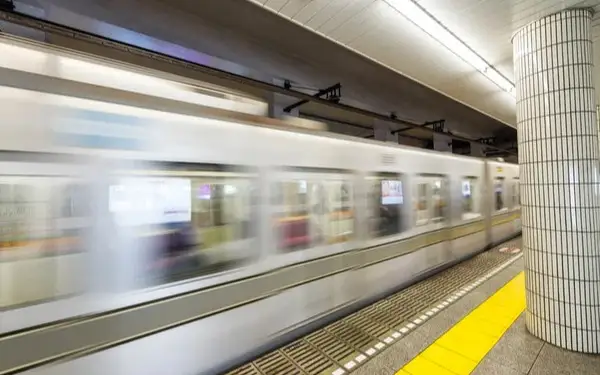Japan marks 30th anniversary of sarin attack on Tokyo subway
Japan on Thursday marked the 30th anniversary of the nerve gas attack on the Tokyo subway system by the AUM Shinrikyo doomsday cult, with the relatives of the victims striving to keep alive the memory of the worst terrorist attack on Japanese soil, Kyodo reported.

At Kasumigaseki Station in the Japanese capital, officials observed a moment of silence at around 8 a.m., the time when the deadly sarin nerve agent was released in train cars on March 20, 1995.
Sarin was dispersed in five subway train cars during the morning rush hour on the instruction of cult founder Shoko Asahara, killing 14 people and injuring over 6,000.
While the group has been disbanded, and Asahara and 12 former senior members executed, successor groups are still active. Some survivors still suffer from post-traumatic stress disorder and continuing health issues.
The attack caused havoc at the stations, including Kasumigaseki Station, located in an area with many government ministries and offices, and sent shock waves through a country that prided itself on safety.
Asahara, whose real name was Chizuo Matsumoto, was convicted of multiple murders including the 1995 attack and a 1994 sarin gas attack in Matsumoto, Nagano Prefecture, which killed eight people and injured more than 100.
Cult members also murdered lawyer Tsutsumi Sakamoto, who was helping people break free of the cult, along with his wife and their baby son, in 1989.
AUM Shinrikyo went bankrupt in 1996 and three successor groups -- Aleph and two splinter groups -- have since emerged and continue to recruit new members.
The Public Security Intelligence Agency recently opened a digital archive featuring testimonies of victims' families and photos of the group's guru as part of efforts to warn people of the risks associated with the cult.
On March 11, Japan marked 14 years since a devastating earthquake and tsunami which rocked the country's northeast and triggered a nuclear crisis.
